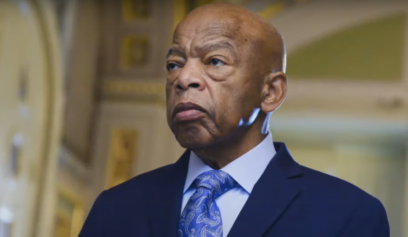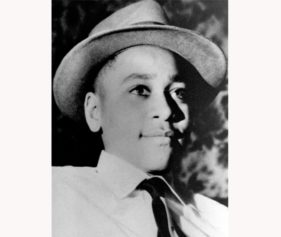On 28 August, in the shadow of Lincoln’s monument, Martin Luther King announced to the March on Washington during his famous “I have a dream” speech that “1963 is not an end, but a beginning.”
For legal segregation, it would turn out to be the beginning of the end. The year started with Alabama governor George Wallace standing on the steps of the state capitol in hickory-striped trousers and a cutaway coat declaring: “Segregation now, segregation tomorrow, segregation for ever.”
The civil rights leadership was ambivalent about the suggestion of a national march and President John F. Kennedy was focused on foreign affairs. Within a few months Alabama would become internationally renowned as policemen turned dogs and high-pressure water hoses on children as young as six in Birmingham.
Civil rights leaders were running to catch up with the militancy of their grassroots activists and the Democratic House majority leader told Kennedy: “[Civil rights] is overwhelming the whole program.”
This phase of civil rights activism did not start in 1963. Far from it. Until that point there had, of course, been many fearless acts by anti-racist protesters.
On Feb. 1 1960, 17-year-old Franklin McCain and three black friends went to the whites-only counter at Woolworths in Greensboro, North Carolina, and took a seat. “We wanted to go beyond what our parents had done. The worst thing that could happen was that the Ku Klux Klan could kill us … but I had no concern for my personal safety. The day I sat at that counter I had the most tremendous feeling of elation and celebration,” he said.
But in 1963, the number who were prepared to commit such resistance reached a critical mass. “In three difficult years,” wrote the late academic Manning Marable in his book, Malcolm X: A Life of Reinvention, “the Southern struggle had grown from a modest group of black students demonstrating at one lunch-counter to the largest mass movement for racial reform and civil rights in the 20th century.”
Read More:guardian.co.uk


